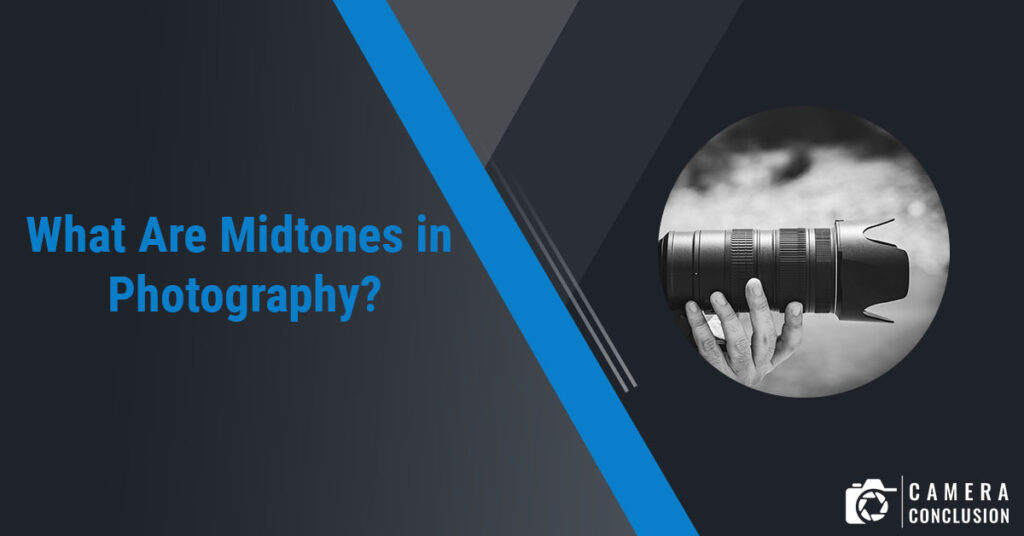In photography, midtones are an important aspect of creating a well-balanced and visually appealing image. They are the tonal values that fall between the highlights and shadows in an image, often referred to as the “middle” or “gray” tones. Understanding and mastering the use of midtones is crucial for photographers who wish to create images that convey depth, mood, and dimensionality. In this article, we will explore the definition of midtones, their importance in photography, and how to effectively capture and utilize them in your images.
Definition of Midtones
To understand midtones in photography, it’s important to first understand tonal range. Tonal range refers to the range of brightness values in an image, from the darkest shadows to the brightest highlights. Midtones are the tonal values that fall between the highlights and shadows in this range, typically ranging from a light gray to a medium gray. In other words, they are the areas of the image that are neither completely dark nor completely light.

Midtones are an important component of a well-exposed image because they provide depth and dimensionality. They help to create contrast between the highlights and shadows, which in turn creates a more dynamic and visually appealing image. By mastering the use of midtones, photographers can create images that convey a specific mood or emotion, and guide the viewer’s eye to specific areas of the image.
Understanding Midtones
Understanding midtones in photography is crucial for creating images with depth and dimensionality. Here are some key points to keep in mind:
- Relationship with highlights and shadows: Midtones exist between highlights and shadows, and are essential for creating contrast between the two. Without midtones, an image may appear flat and lacking in depth.
- Importance in creating depth: Midtones play a critical role in creating the illusion of depth in an image. By using midtones effectively, photographers can create images that appear three-dimensional and draw the viewer into the scene.
- Use in creating mood: The use of midtones can also be used to create a specific mood or emotion in an image. For example, desaturating the midtones in an image can create a moody, atmospheric effect.
- Balancing midtones: Balancing midtones with highlights and shadows is important for creating a well-exposed image. Too much contrast between highlights and shadows can result in an image that appears harsh, while too little contrast can result in an image that appears flat.
- Use of exposure settings: Exposure settings such as aperture, shutter speed, and ISO can all affect the appearance of midtones in an image. Experimenting with these settings can help photographers achieve the desired balance between highlights, shadows, and midtones.
Capturing Midtones in Photography
- Importance of metering: Accurately metering the scene is crucial for capturing midtones correctly. Using a spot meter or center-weighted metering mode can help ensure that midtones are exposed properly.
- Role of exposure settings: Exposure settings such as aperture, shutter speed, and ISO can all affect the appearance of midtones in an image. In general, a wider aperture and slower shutter speed can help capture more midtones, while a smaller aperture and faster shutter speed may result in more contrast and fewer midtones.
- Use of post-processing: Post-processing techniques such as dodging and burning can be used to adjust the exposure of specific areas of the image, including midtones. Adjusting the exposure of midtones in post-processing can help create a more balanced and visually appealing image.
- Use of graduated filters: Graduated filters can be used to balance the exposure of the scene, ensuring that midtones are properly exposed. By darkening the sky or other bright areas of the image, midtones can be brought out more effectively.
Conclusion
In conclusion, midtones are a crucial aspect of photography, providing depth, dimensionality, and balance to an image. Understanding how to capture and utilize midtones effectively can help photographers create images that convey a specific mood or emotion and draw the viewer into the scene.
To capture midtones correctly, it’s important to pay attention to exposure settings and metering techniques. Use of post-processing and graduated filters can also help balance the exposure of the scene and bring out midtones more effectively.
By mastering the use of midtones, photographers can create images that are visually appealing and convey a specific mood or emotion. Whether capturing landscapes, portraits, or still life, understanding the importance of midtones is essential for creating images that stand out and capture the viewer’s attention.

